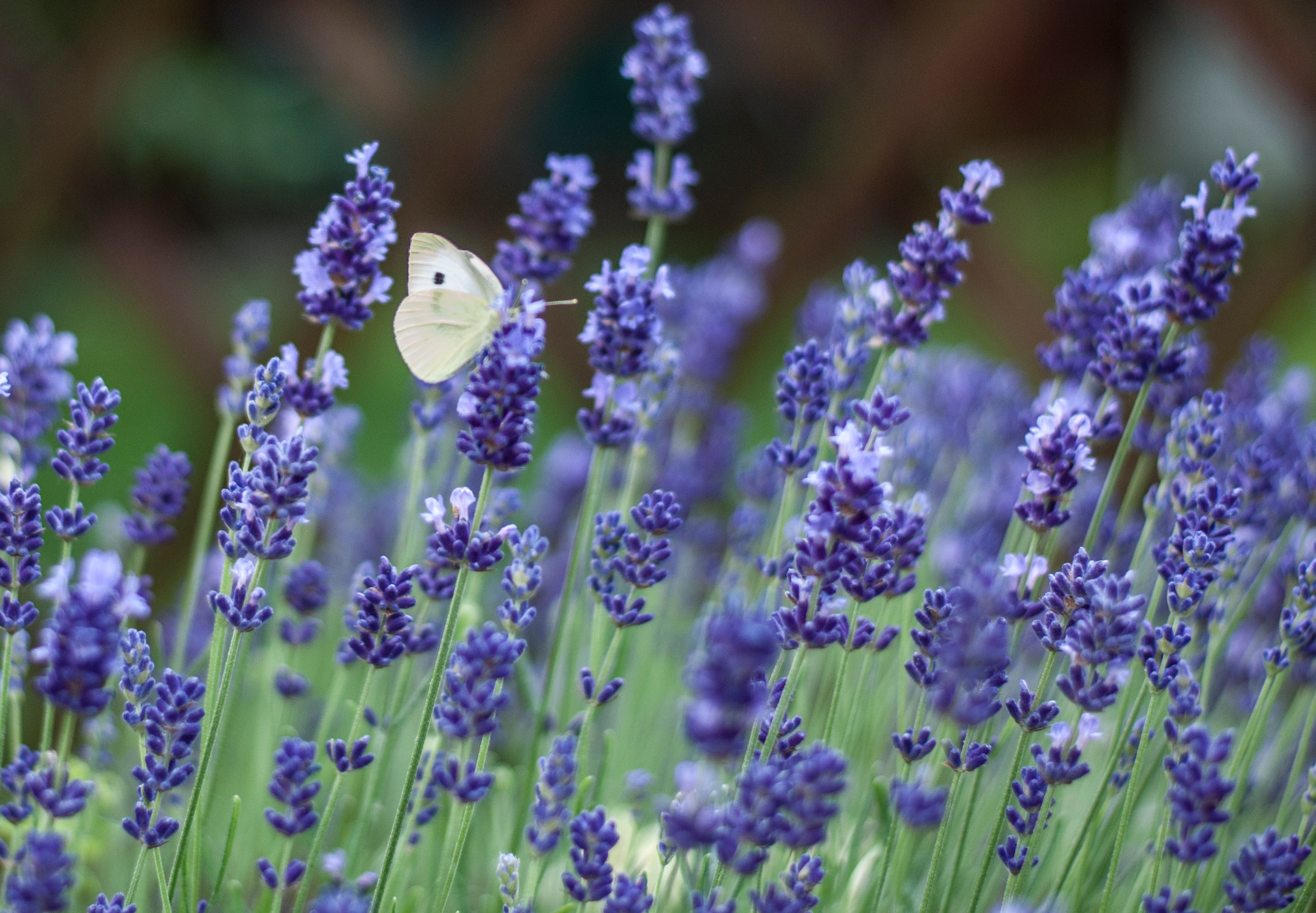
Growing lavender is one of the most rewarding gardening tasks there is. No other herbaceous perennial is as beloved for its fragrant blooms and its importance for bees and other pollinators. And, thankfully, growing lavender is actually quite easy.
With the right conditions, this perennial will thrive in your garden for many years, filling it with gorgeous scent and bright colour. The lavender blossoms can also be harvested for a variety of uses, from scenting your linen cupboards to helping you sleep. It can even be added to herbal teas.
On top of all that, lavender makes an excellent companion plant for other herbaceous perennials such as thyme, rosemary, and sage. Most English varieties are hardy and will cope with hard frosts, and can be grown in containers – perfect for patios and small spaces. If all these reasons don't convince you, read on to find out how easy it is to grow lavender successfully, then see more garden ideas at our dedicated page.
- Learn more about creating a wildlife garden
Growing lavender: top tips
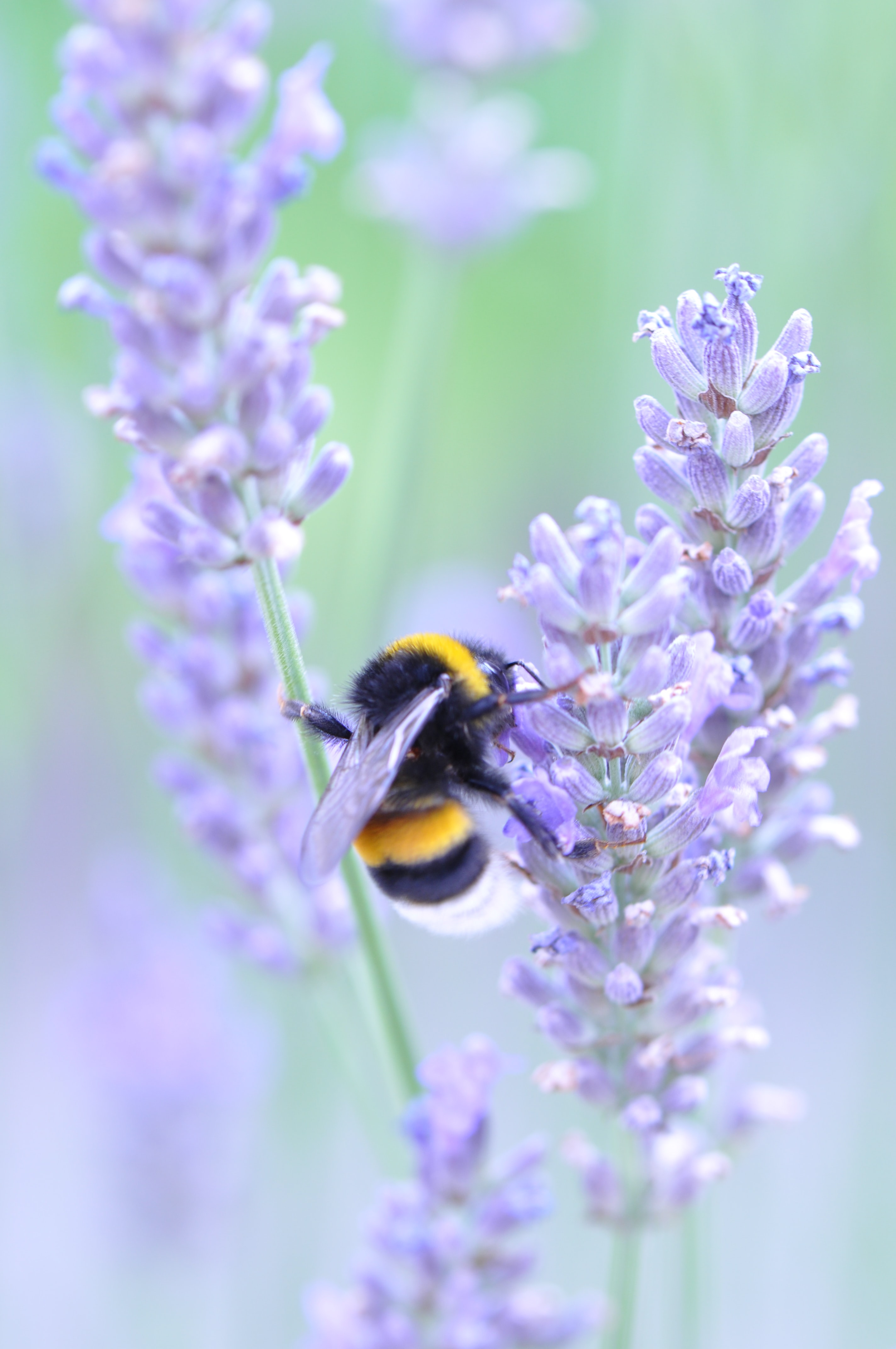
Before you start, a little lavender knowledge will make sure you get your plant off to the best start.
- Choose the correct lavender type: if you're growing in borders, choose English lavender or lavandula angustifolia or a related hybrid. If you're growing French lavender (lavandula stoechas), grow in containers only and winter in a heated greenhouse or conservatory.
- Pick a sunny spot: lavender needs lots of sun throughout the day so choose a south or west-facing plot.
- Sowing from seed is cheaper: this method is harder and you might find you get best results starting the plants off in a propogator on a sunny windowsill.
- Grow from small plants: you can get these at your local garden centre. Wait until after the last frost and they are best planted once the ground has warmed in late spring.
- Good drainage is essential: water sparingly and never let it get waterlogged.
- You can propagate your lavender from cuttings: this is best done in spring by taking a small cutting from a branch with fresh growth on it. Cut off a small branch at the point where it's woody, but make sure there's a fresh shoot on it. Plant in a pot, about one centimetre deep and water.
How to grow lavender

Method:
1. Make sure the soil is open and well draining. If your soil is too dense, open it up with grit or vermiculite.
2. If planting from seed sow in a greenhouse or propagator in a warm spot on moist seed compost. When the saplings are large enough to handle, transfer to small pots and bring on in a coldframe.
3. When your plants are ready to go in the ground (from late spring after any chance of frost and once the ground has warmed) acclimatise them to being outside over seven to 10 days.
4. If planting in containers the pot needs to be at least 30cm wide. Make sure it has a hole in the bottom and allow drainage with grit or broken terracotta pots before adding your potting compost.
5. If planting in the ground, plants need to be two to three feet apart to allow for growth. Dig a hole large enough to accommodate the plant and its roots then firm into the soil. Do not pile the soil too high as the crown can easily become waterlogged.
6. Water once or twice a week while your plants are becoming established in their pot or the ground. Mature plants should be watered every two to three weeks until buds form then in summer will need a little more (once or twice weekly again). Avoid overwatering. Lavender hates being waterlogged or soaking wet, so allow the soil to fully dry out before watering.
Caring for lavender
In colder places lavender might need winter protection. Wind is one of the most damaging factors so creating a wind break or building straw up around your plants will help.
If you have warm summers but particularly harsh winters it might be better to plant your lavender in containers. This way you can move them into a greenhouse or conservatory in cold weather.
How to prune lavender
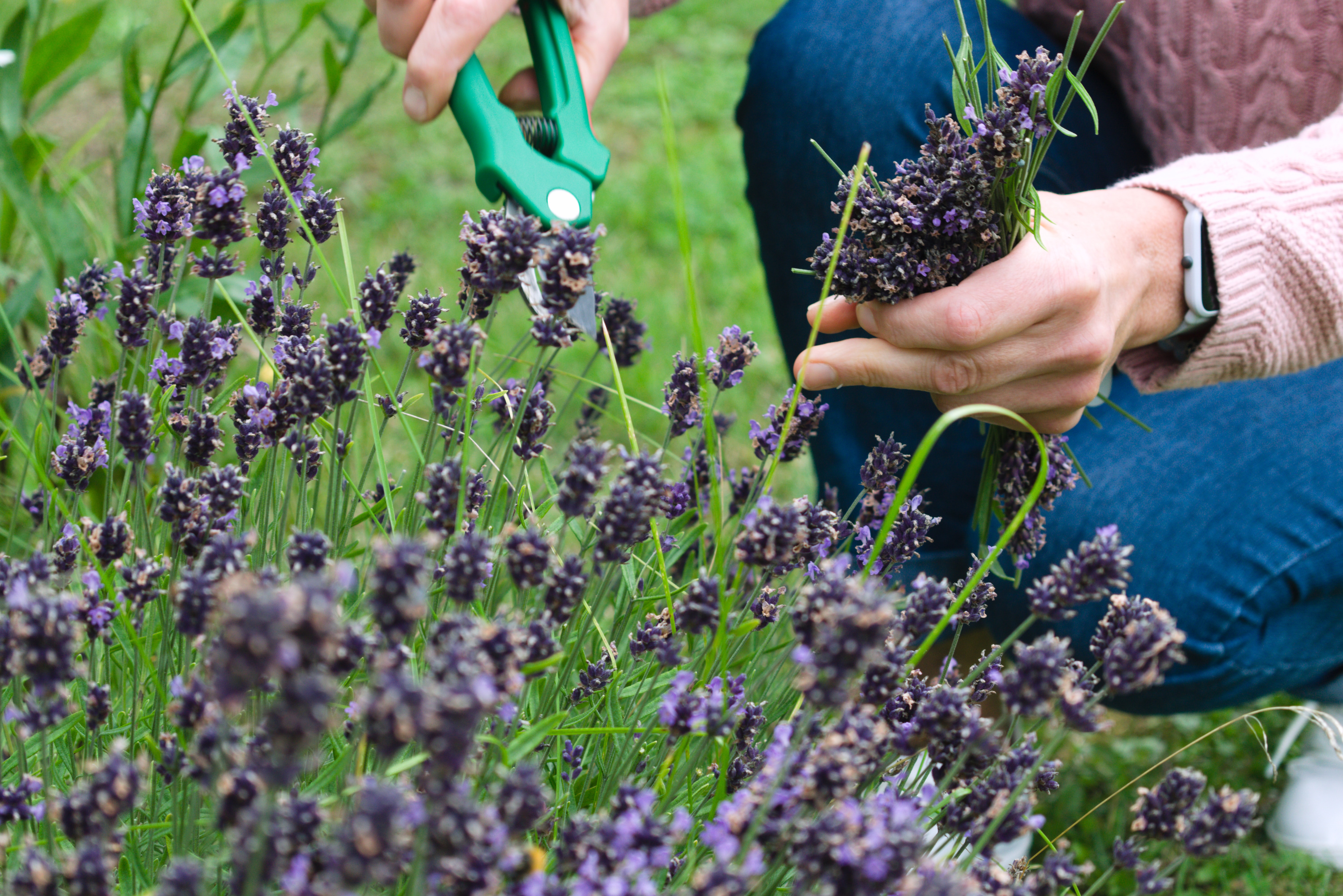
Pruning lavender is all about ensuring that this perennial plant thrives year after year. While some plants can go without pruning, lavender likely will refuse to flower next summer if you don't prune it (and, let's be honest, it's all about the fragrant flowers with lavender). Lavender plants also tend to get leggy and misshaped if not pruned, so you'll want to make sure you remember to do it.
When to prune lavender? According to Monty Don, as soon as it's finished flowering, but before the flowers have completely dried out. You want at least some new growth to appear before the plant goes dormant for winter, so do it sooner than later. Some varieties of lavender finish flowering earlier ('Melissa Lilac', for example), so prune them earlier in August, or even in July.
Monty Don's top tip for pruning lavender
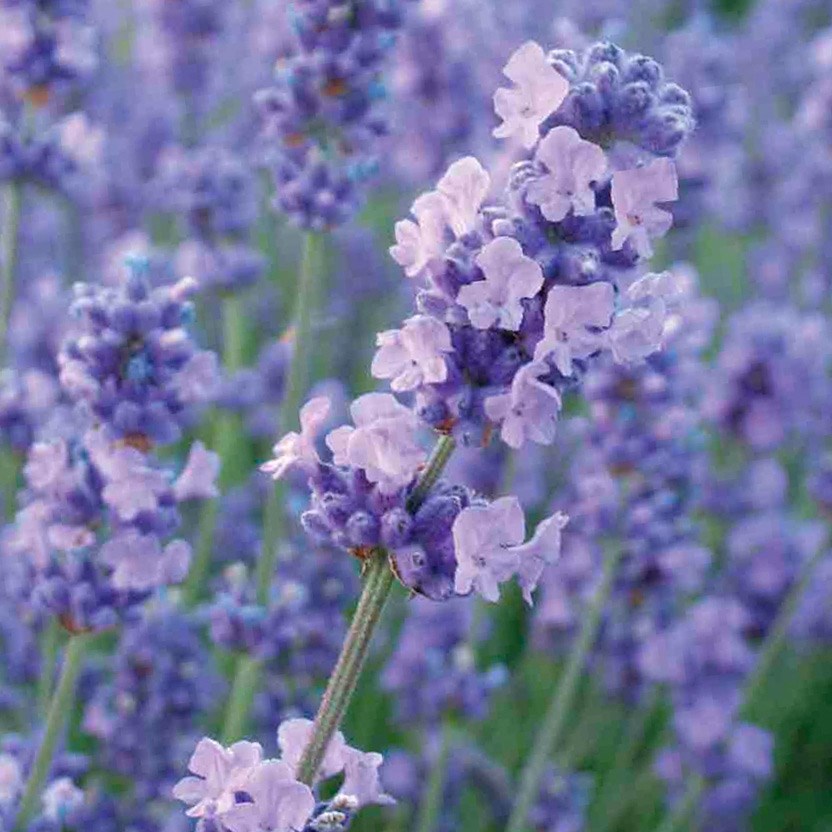
Monty Don has this valuable tip for pruning lavender on his blog: don't cut so hard that there are no green shoots remaining, as lavender may not regrow from just the woody stems. leave a few green shoots to encourage a healthy new growth next year.
I've pruned my lavender, but it's still not flowering
If you pruned your lavender, but it still has failed to flower, the most likely reason is that the lavender plant isn't getting enough sun. Lavender loves full sun, and lots of it – at least six hours a day for optimal flowering. South- or west-facing gardens or windowsills are best for it; in a north-facing garden, lavender is likely to just remain green and not produce any flowers. Very wet summers without much sun may also reduce the amount of blooms your lavender plant produces.
When to harvest lavender
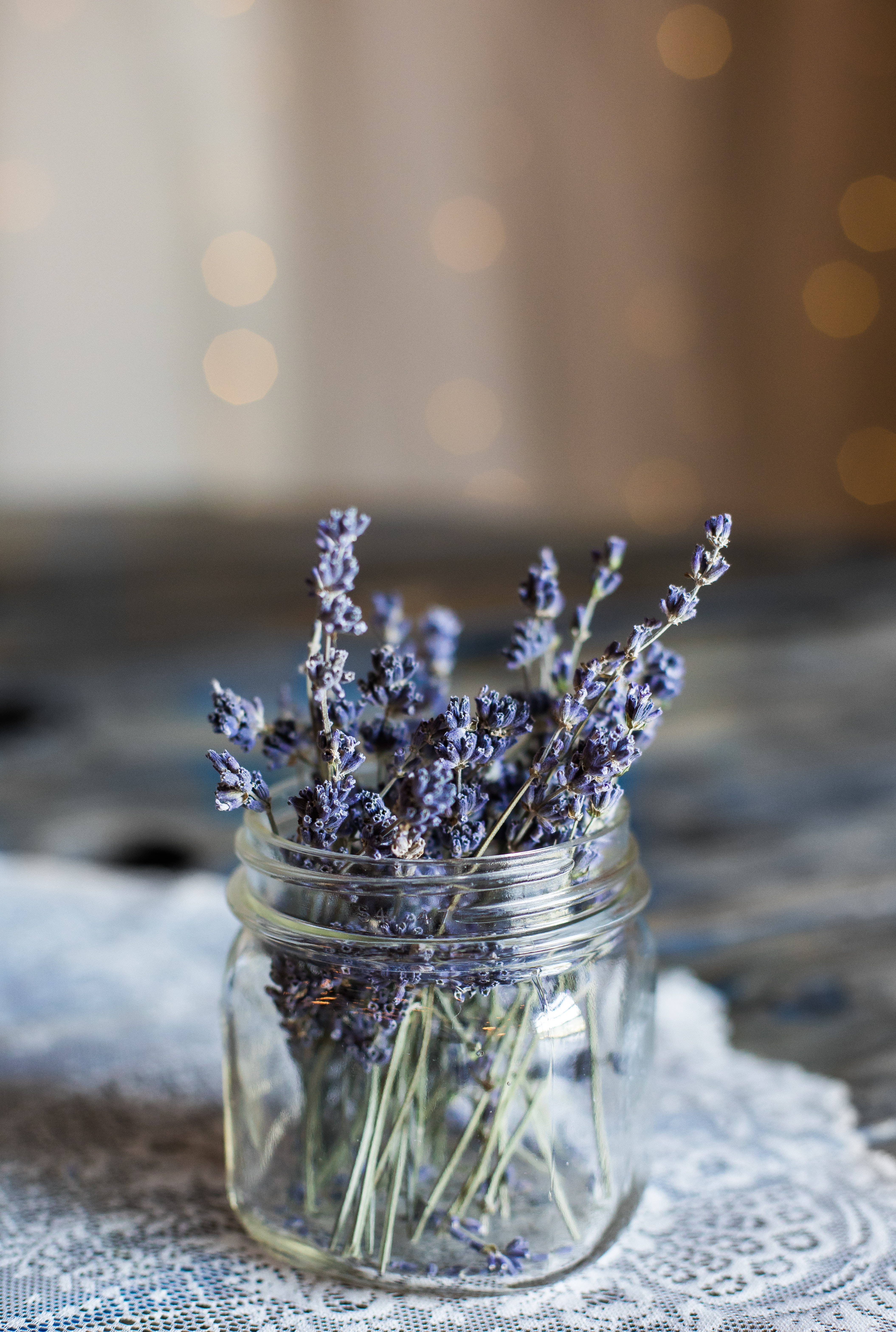
The best time to harvest lavender is when the flowers are in full bud but haven't yet opened. This will give you the best fragrance and longevity. Having said that, we've had no problem harvesting open lavender blooms (which the bees have had time to enjoy): they may fall off the stems, so you'll just need to put them into sachets.
More gardening advice:
Join our newsletter
Get small space home decor ideas, celeb inspiration, DIY tips and more, straight to your inbox!
Anna is a professional writer with many years of experience. She has a passion for contemporary home decor and gardening. She covers a range of topics, from practical advice to interior and garden design.
-
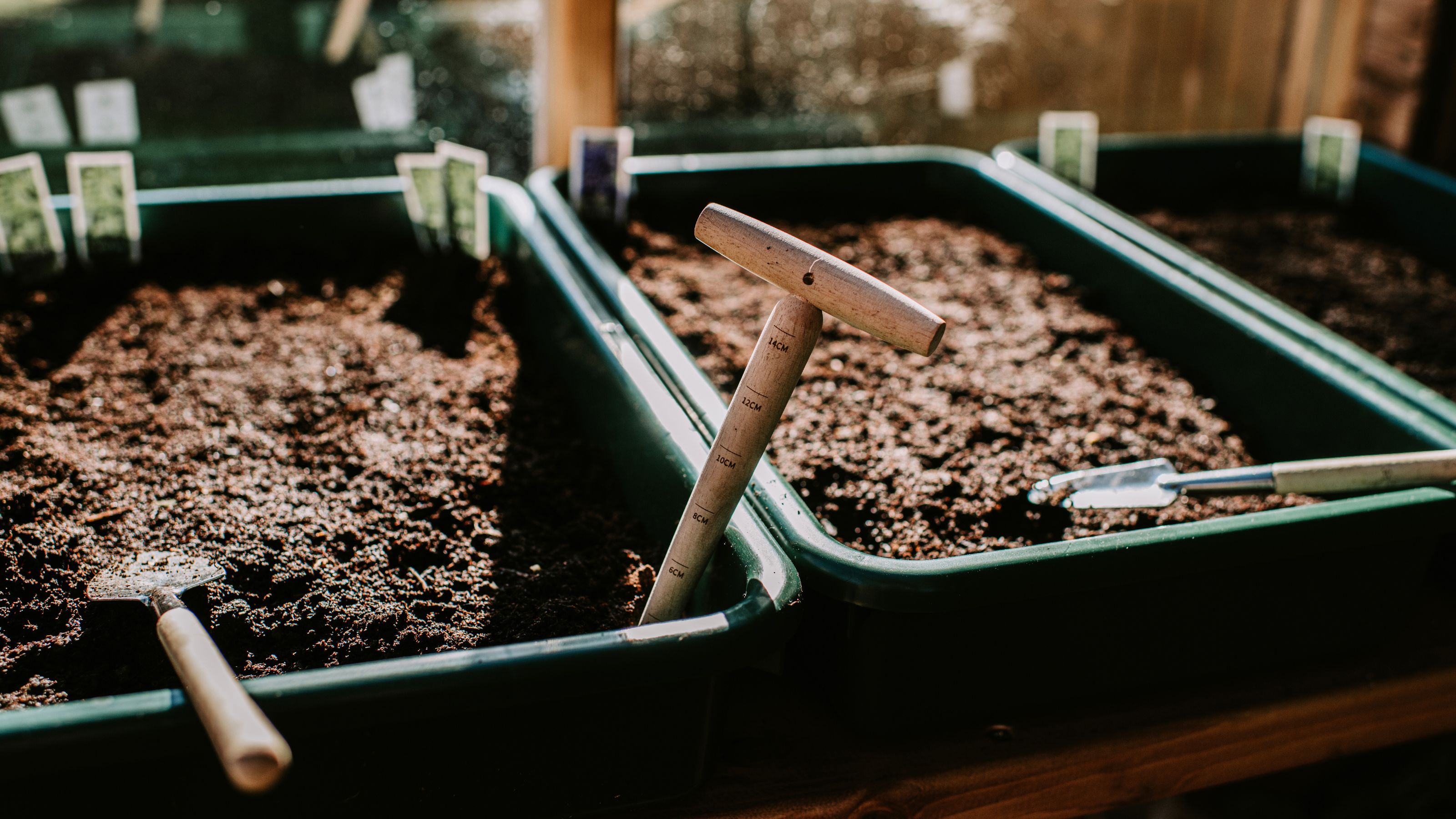 How to make compost — 8 easy steps gardening pros always use
How to make compost — 8 easy steps gardening pros always useLearn how to make compost at home in seven easy steps, whether you have a bin or want to create a compost heap. We've asked pros for their top tips
By Eve Smallman
-
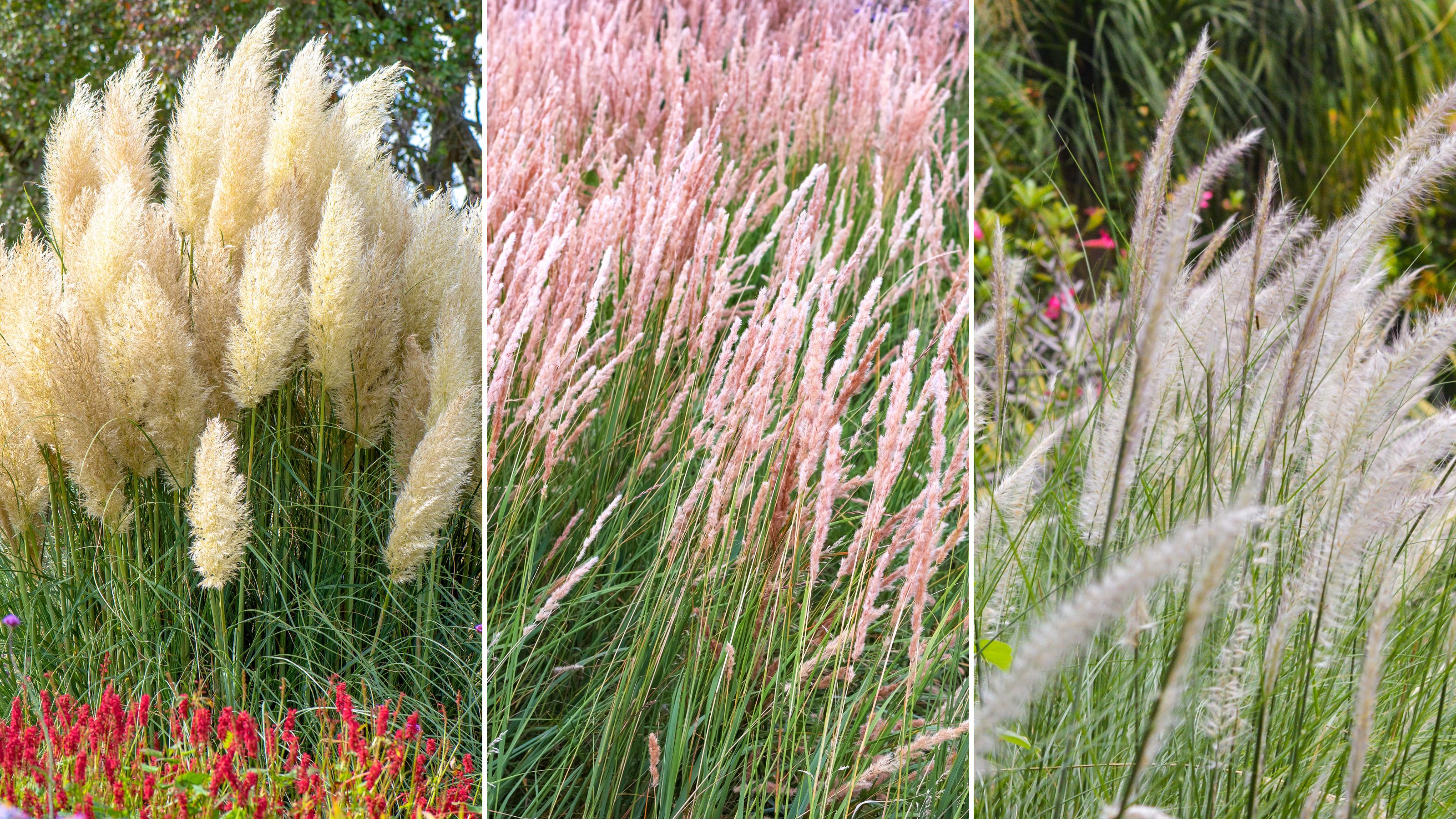 Planting ornamental grasses — the best types experts love and how to grow them
Planting ornamental grasses — the best types experts love and how to grow themWe've got you covered on planting ornamental grasses, speaking to experts about what ones to grow, how to grow them, and factors to consider
By Eve Smallman
-
 "Grotty" terrace is transformed with French flair and Ibiza vibes in the garden
"Grotty" terrace is transformed with French flair and Ibiza vibes in the gardenEsther Pillans' tired-looking Victorian terraced house was given a makeover with a touch of Parisian chic
By Ellen Finch
-
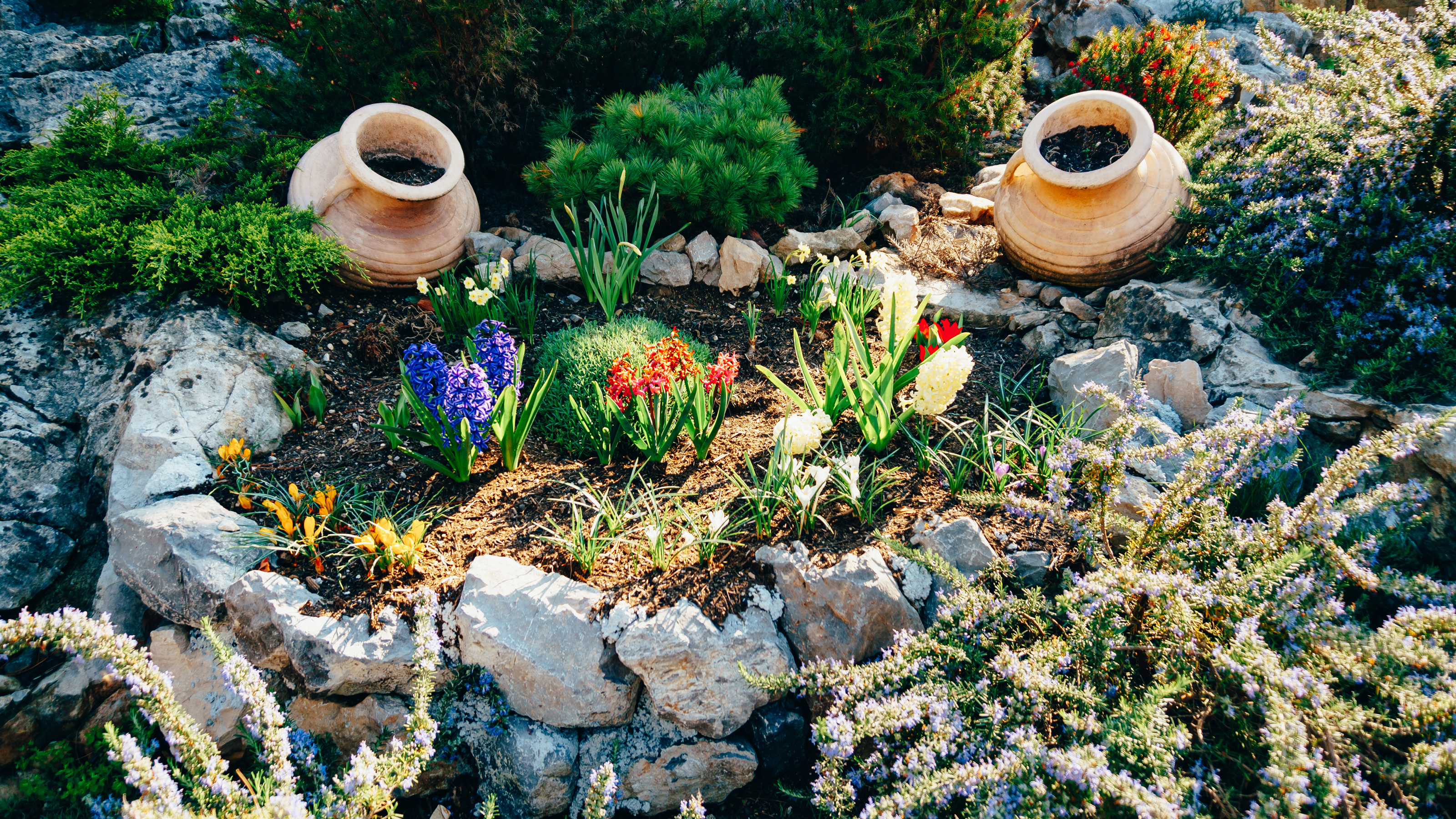 Rock garden ideas – 10 DIY ways to create a rockery
Rock garden ideas – 10 DIY ways to create a rockeryThese rock garden ideas are suitable for outdoor spaces big and small. Create your own rockery on a lawn or even on a balcony with just a few materials.
By Anna Cottrell
-
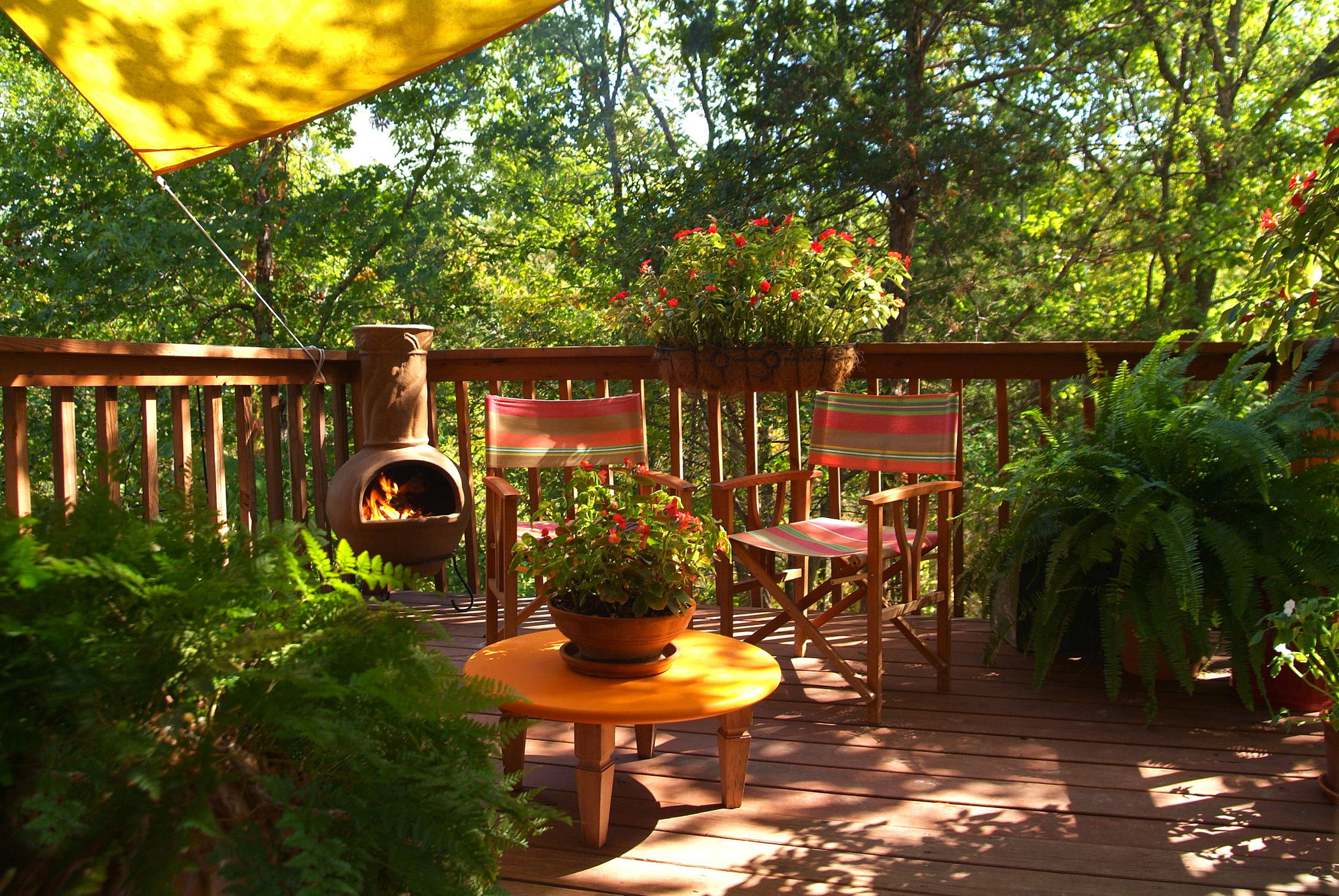 Cabin fever? These chimineas will extend the life of your patio
Cabin fever? These chimineas will extend the life of your patioThis cold-weather season, cozy up to our favorite chimineas!
By Brittany Romano
-
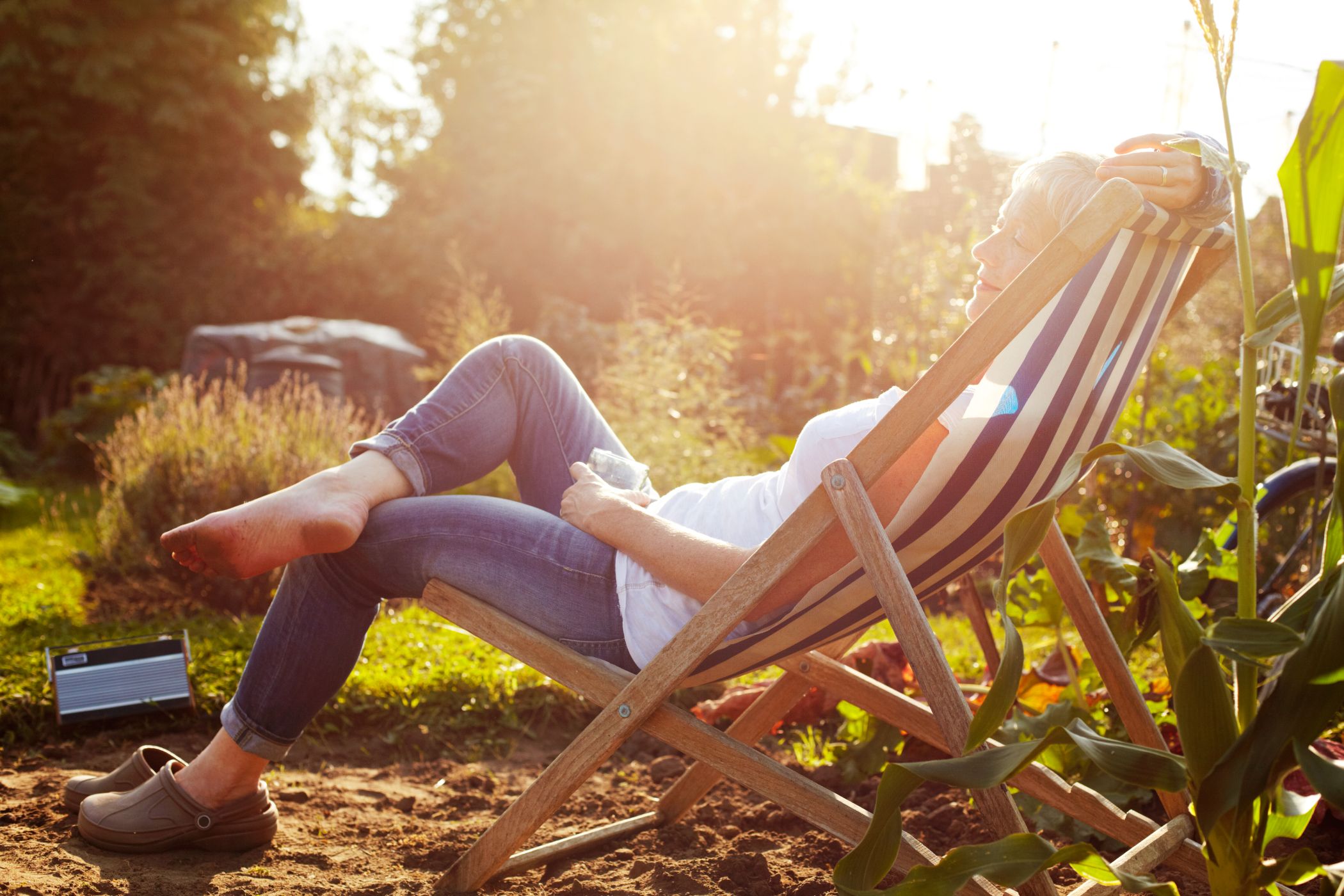 5 outdoor summer essentials to prove Society6 is your one-stop-shop this season
5 outdoor summer essentials to prove Society6 is your one-stop-shop this seasonCheck off all of your outdoor summer essentials by shopping exclusively at Society6.
By Brittany Romano
-
 The first-ever Etsy outdoor sale is happening now, and we're buying these 5 items
The first-ever Etsy outdoor sale is happening now, and we're buying these 5 itemsFor a limited time, this Etsy outdoor sale will give your backyard the facelift it needs — at a fraction of the cost.
By Brittany Romano
-
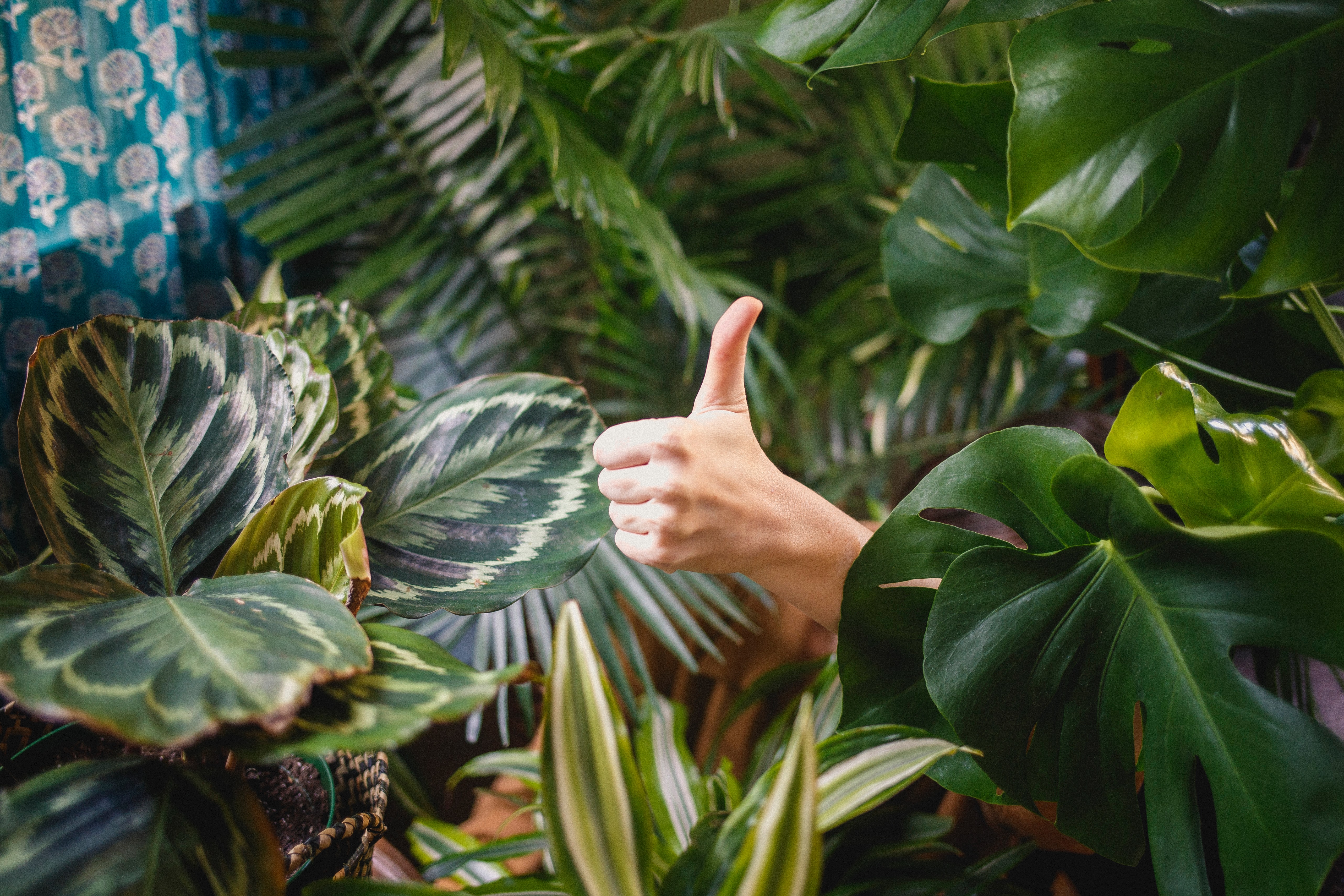 The benefits of houseplants – 8 feel-good ways plants help your health
The benefits of houseplants – 8 feel-good ways plants help your healthEnjoy the many benefits of houseplants. Air-purifying, anxiety-soothing, mood boosting and more positive vibes.
By Camille Dubuis-Welch